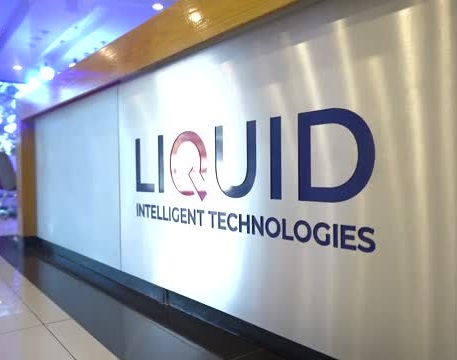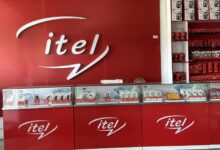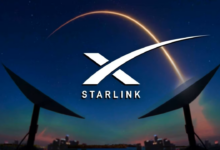
It took a while for Zimbabwe to get on the satellite internet bandwagon (low earth orbit) but the door is ajar now. In the space of a week we got Liquid Intelligent Technologies announcing their partnership with Eutelsat and Starlink getting licensed.
We talked about the Starlink deal and there is still more to discuss there. For now, let us dig into the Liquid-Eutelsat partnership and see what it means for Zimbabweans and for Liquid itself.
What OneWeb means for Liquid
Would Liquid have partnered OneWeb had Starlink not applied to operate in Zimbabwe? Probably, but I’d wager that deal was years away. I believe this deal was rushed to get in front of the Starlink announcement.
OneWeb solves the coverage problem for Liquid. Laying fibre networks is expensive and time consuming and to date, most Zimbabweans do not have access to fibre internet. OneWeb’s LEO network has global coverage and that’s huge for Liquid.
Satellites are more expensive, Elon Musk said it would take about $10 billion to fully deploy and operationalise Starlink’s LEO network. Estimates say OneWeb’s network cost around $3.4 billion.
We don’t know exactly how much Liquid has spent on its infrastructure but we can be confident it’s not that high. However, when you consider that the satellite options have a global coverage, they turn out cheaper per region.
So, with one stroke of a pen, Liquid can claim to cover 100% of Zimbabwe and all the other countries it operates in. Meaning my friend in Masvingo who was complaining about his connectivity options will be covered now.
OneWeb has always been different from Starlink in that it primarily seeks out business to business opportunities, like the Liquid one. OneWeb partners intermediaries that distribute and resell its services.
Starlink vs OneWeb
Here’s a slightly biased screenshot of the major differences between Starlink and OneWeb by IPaccess,
OneWeb has fewer satellites because they orbit at a higher altitude (1,200 to 1,500km) than the Starlink ones (about 550km). That also explains why Starlink has lower latency.
Starlink vs Liquid
Off the bat, it is clear who Liquid are targeting with this OneWeb tech. Philippe Baudrier, VP Connectivity, Africa for Eutelsat says,
…We look forward to the positive impacts we can have to help Liquid’s customers flourish, especially in the mining industry in Central Africa.
Liquid on their part say,
…Liquid Dataport’s LEO services, in partnership with Eutelsat, also include enterprise access with Internet breakout, including Point-to-Point services, providing a versatile and robust solution for diverse business needs…
…Liquid Dataport is planning a systematic expansion of services, aligning with the evolving demand for low-latency primary and backup services in remote regions of the continent and benefiting a range of businesses across all industries…
This all means Liquid is primarily targeting businesses with their satellite options. Starlink caters to a broad range of customers, including individual consumers, businesses, and institutions. However, as we have noted before, the economic realities in this country mean most of Starlink’s customers will be the same businesses Liquid is going after.
So, one wonders if Liquid will get those business clients, especially government institutions, if Starlink gets preferential tender treatment through its IMC partnership. Starlink partnered a ruling-elite-connected IMC and those guys stand to make money from Starlink’s success in the country.
Should a state clinic in the rural areas require internet access, who do you think the government’s procurement department are going to go with? You know how the game is played in Zimbabwe.
The only difference this time around is that Starlink is not an inferior product to Liquid/OneWeb’s solution. So, while Starlink might get the govt gigs through dirty means, the govt departments themselves will get a good service.
Individuals
While individuals will not be the main customers for both satellite internet options, I imagine tens of thousands will be able to afford the hardware needed to use these services. Starlink is more widely known and that will give them the leg up.
However, should Liquid offer some hardware acquisition financing, that might move the needle. Liquid has done this before, offering customers to pay for their routers and fibre installations in instalments.
If the options are shell out $650 all at once for Starlink or pay a similar figure in 3 to 6 months for Liquid’s service, what would you do?
I believe the $250 SIM card lesson was learnt and everyone now knows that subscriptions are where it’s at. Hardware costs will be financed, subsidised and the like just to ensure these businesses get sweet subscription money for years to come.
We are in for a treat ladies and gentlemen. This is the most exciting the telecommunications space has been in Zimbabwe for a while. Watch these companies fight for our dollars and ZiGs.
-techzim











